Support Page Content
Achievements In the CSUS Stem Cell Program, 2019
About Our Stem Cell Graduate Research
Master's students in our Stem Cell Program perform cutting edge translational research in the field of regenerative medicine. The intention of this site is to provide a platform for our graduate students to describe their research to the greater community. In some cases, students chose instead to write editorials aimed at providing a general understanding of stem cell research. In all cases, students attempted to describe research in a way that would be consumable and informative — and possibly even entertaining —to all readers.
To protect the confidentiality of unpublished research currently underway at UC Davis, the specific names of genes, proteins, cells, and tissue types have often been replaced with aliases or referred to generically (e.g., "factor X" or "a specific peptide"), unless the information is already publicly available elsewhere.
If you have questions or comments, please contact the site editor: Dr. Kimberly Mulligan.
Other Accomplishments
What’s the Beef with Lab-Grown Meat?
Mounika Bhaskara
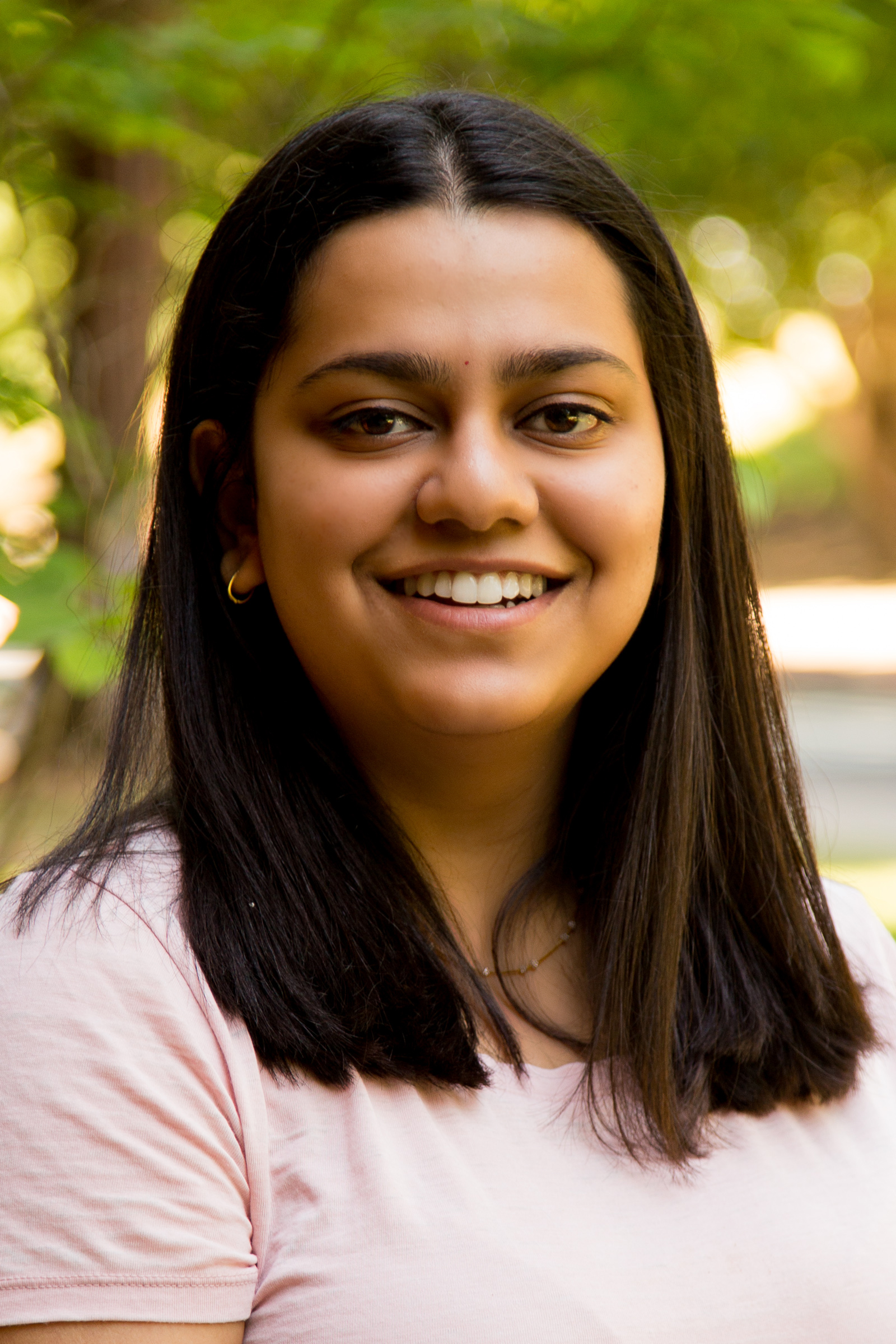
Having been a vegetarian all my life, my meat-eating friend always told me that I was missing out because apparently meat tastes oh-so-delicious. To see what the hype was all about, I tried the Impossible Burger, a plant-based burger patty that supposedly “delivers all the flavor, aroma and beefiness of meat from cows” despite containing no animal products.
While the Impossible burger did not win me over, my friends are big fans. Despite taking some issue with it not being “real meat,” they were surprised at how similar it was to real meat. That’s when I started to realize how lab-grown meat could be the next big thing!
False Promises: The Danger of Unproven Stem Cell Therapy Clinics
Shannon Clayton
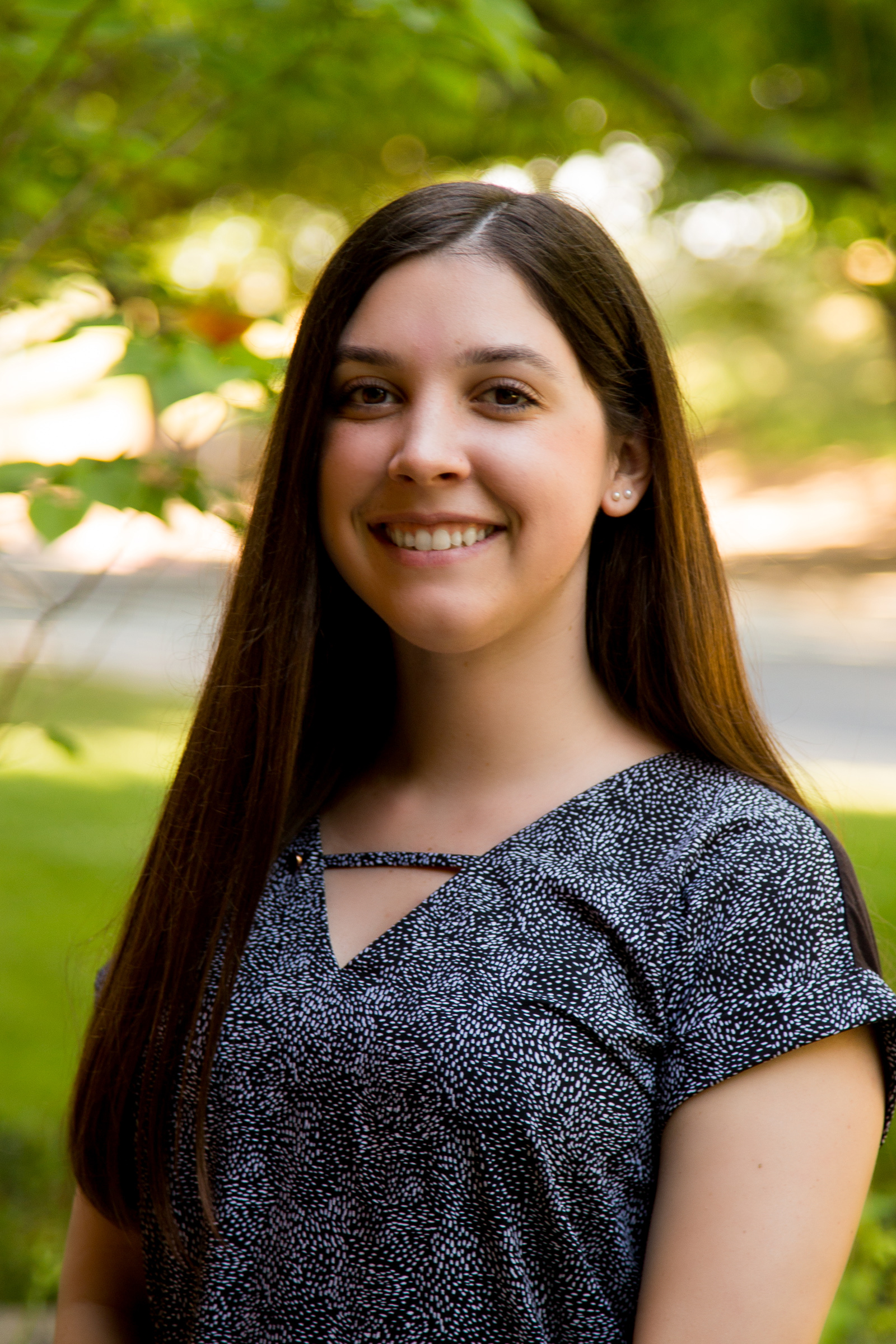
Stem cells have the potential to treat a variety of medical conditions and diseases. However, to understand this potential, we must first understand stem cells. In theory, we could use stem cells to replace cells damaged due to stroke, diabetes, neurological disorders, spinal cord injuries, some birth defects, and more. The possibilities are endless!
Despite the exciting potential of stem cells and the hard work being done by researchers, science moves at a necessarily slow pace and most stem cell therapies are not yet ready for prime time. Unfortunately, predatory entrepreneurs recognize the hope that stem cells give and have found lucrative opportunities for money to be made.
The treatments offered are unproven and very dangerous, catering to individuals who are vulnerable and willing to pay thousands of dollars for what sounds too good to be true—which in this case, it is.
Do You Want to be Royal? Treating Hemophilia, the Royal Disease
Kelsey Conroy
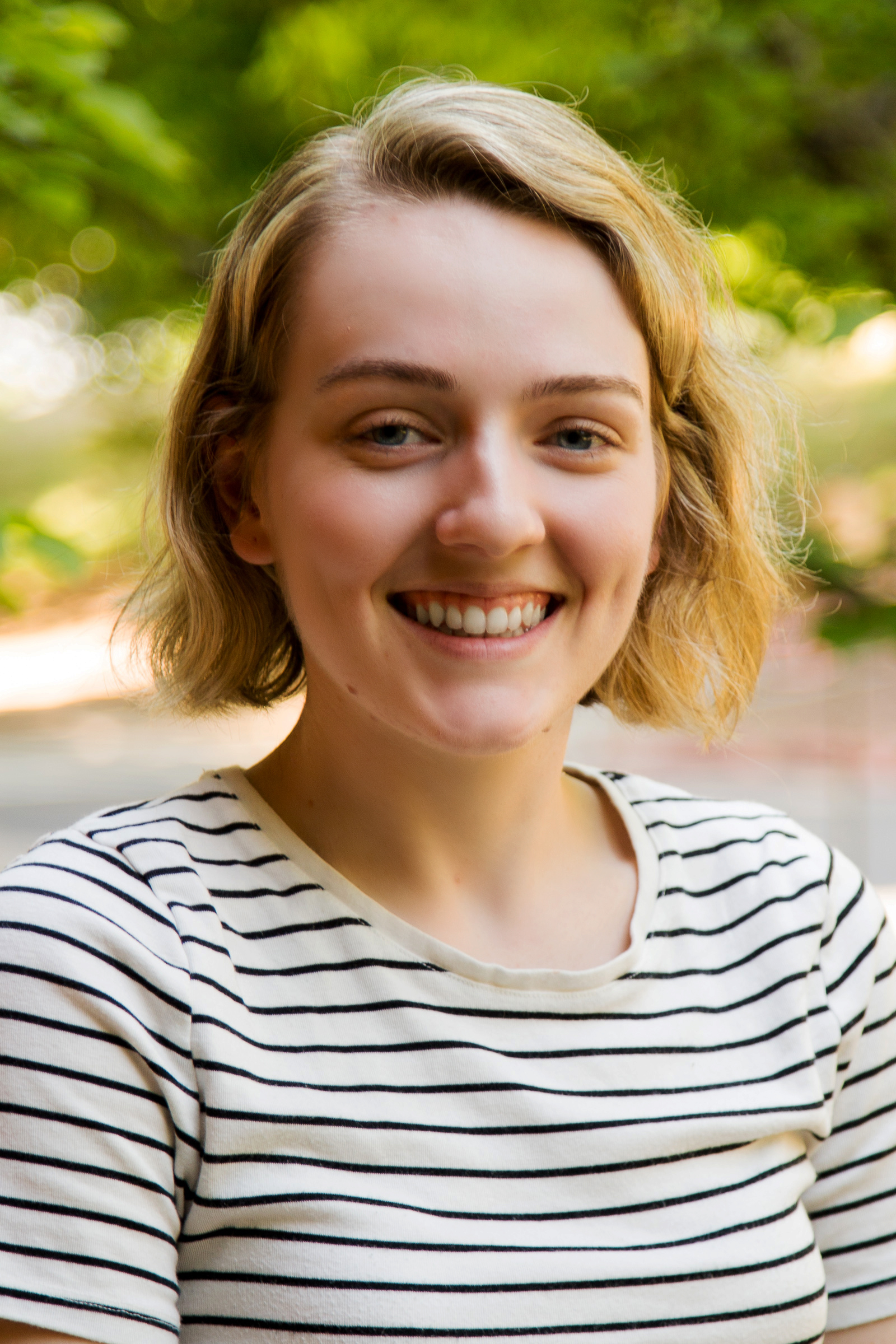
Have you ever dreamed about being a member of the royal family? I know I have. Although it may seem like a great life where you get to jet around the world and be a part of the ruling family, there were serious downfalls to being a member of this exclusive family.
Hemophilia A and B are both bleeding disorders which are characterized by a severe lack of a protein—factor 8 and 9, respectively, both of which are produced in the liver. Hemophilia was a major problem in the 1800s for those that had the disease and were injured. Luckily, there are now treatments that can help patients stop this prolonged bleeding.
Currently, treatment exists which allows patients to live their lives without fear of bleeding to death, but this treatment is not a cure. Due to these downfalls in current treatment, a cure needs to be developed. Research into cures for hemophilia is ongoing.
Repeating a Miracle: A Cure for HIV/AIDS
Bryan Le
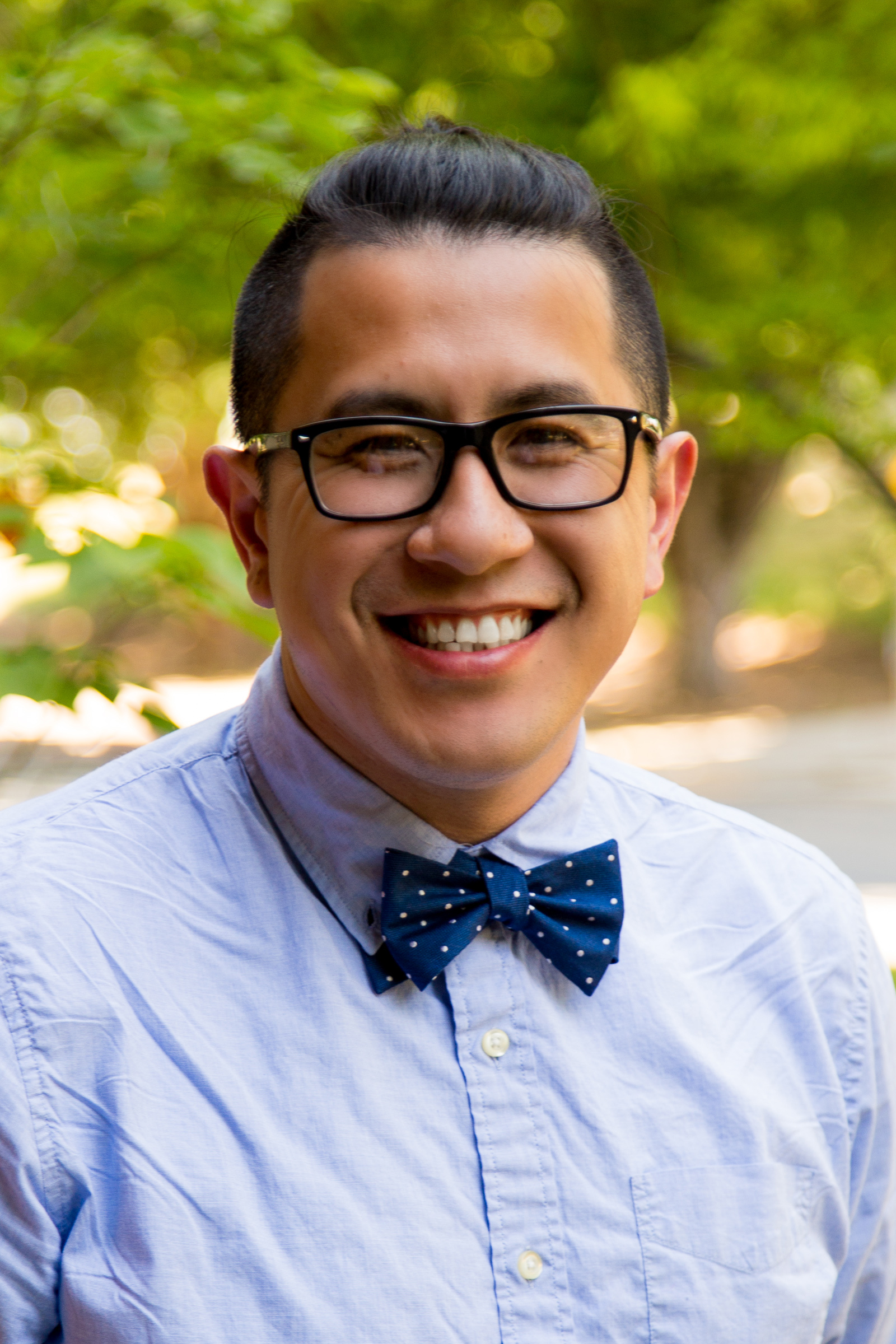
If you’re reading this, chances are good that you won’t be especially interested in the devastatingly high numbers associated with HIV/AIDS. Perhaps you would be more interested in the smaller numbers instead, such as the number 2. That is the number of people cured of HIV/AIDS since the beginning of the epidemic. To put that in perspective, there are more cartoon characters on a box of Rice Krispies®.
Autism Spectrum Disorder: Gene-Environment Interactions
Uyen Nguyen
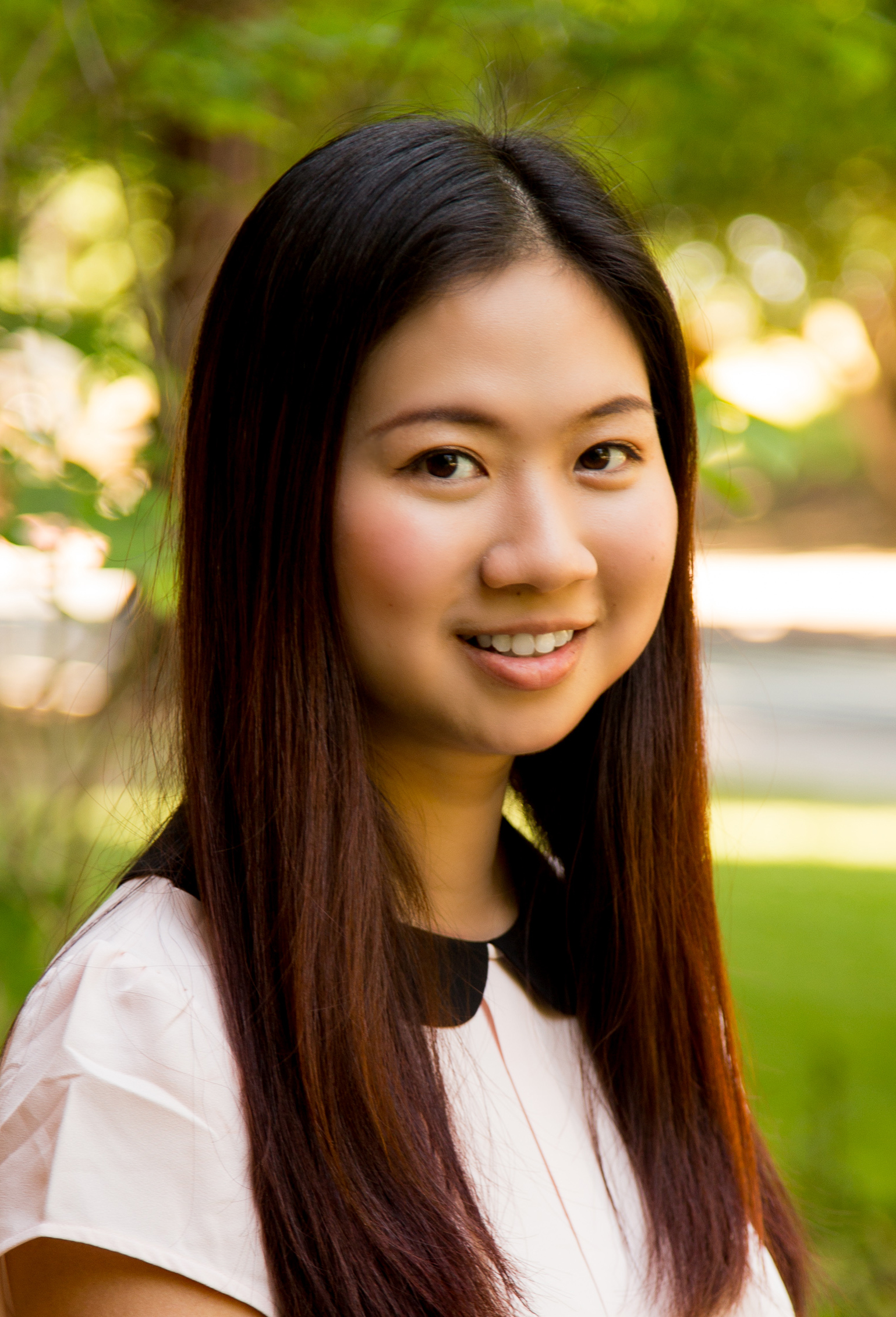
Autism spectrum disorder (ASD) is a complex neurodevelopmental disorder that afflicts 1 of every 59 children in the United States. ASD is influenced by a combination of both genetic and environmental factors that often act in combination to confer risk of ASD. Therefore, investigating gene-environments interactions is important to understand the exact causes of ASD (Chaste, P., & Leboyer, M. (2012)).
One representative genetic factor for ASD is Fragile X mental retardation 1 (Fmr1), the most common single gene cause of ASD. Indeed one of the cellular changes that occurs in individuals with ASD is that they have differences in how much their neural stem cells divide.
In our lab, one of the phenomena we study is how genes and chemicals affect neuroblast proliferation in developing fruit fly brains. Many of the molecular networks that regulate neural stem cell proliferation in humans are the same in fruit flies. That means this research could help us identify gene-environment interactions that affect neural stem cell proliferation in humans with ASD.
You’ve Got to Have Heart
Regan Smithers
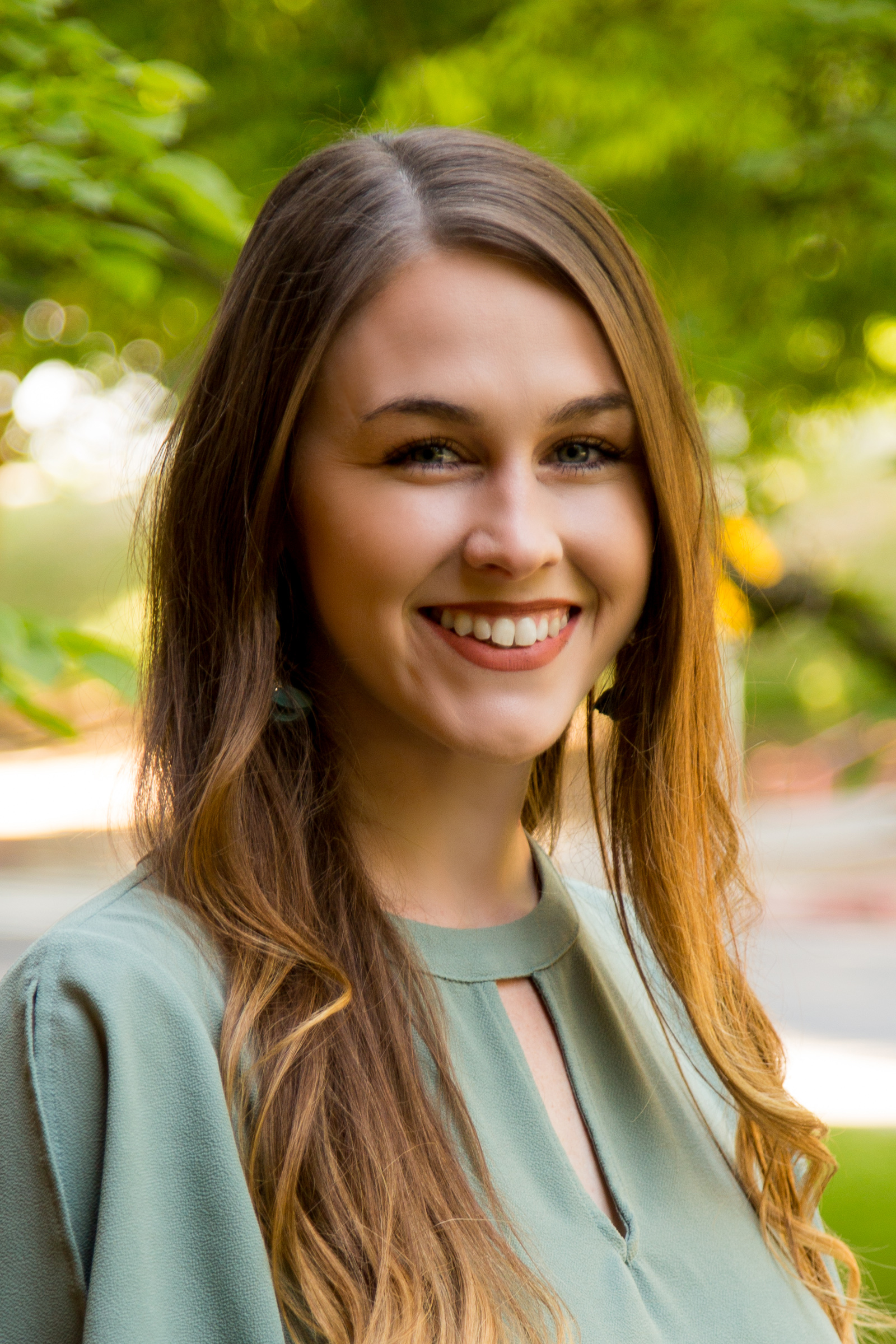
The heart is so complex — and no, I am not referring to its designated role in romanticism and relationships, but rather its imperative function as a powerhouse organ. Without a functional heart, the body begins to break down resulting in many devastating disorders and diseases. For instance, cardiovascular disease (CVD) claims nearly 18 million lives annually across the globe In the U.S. 1 in 3 adults suffer from CVD. Imagine! That is over 500,000 people in Sacramento County alone suffering at the hands of CVD!
What if I told you there was a way to restore vitality in a failing heart ... a way to help your loved ones suffering from the detrimental effects of a heart attack – would you listen?
Is that your heart beating out of your chest in excitement that I hear?! Excellent! Stay tuned.
Tapping Into The Surroundings For Spinal Cord Regeneration
Hila Swindell
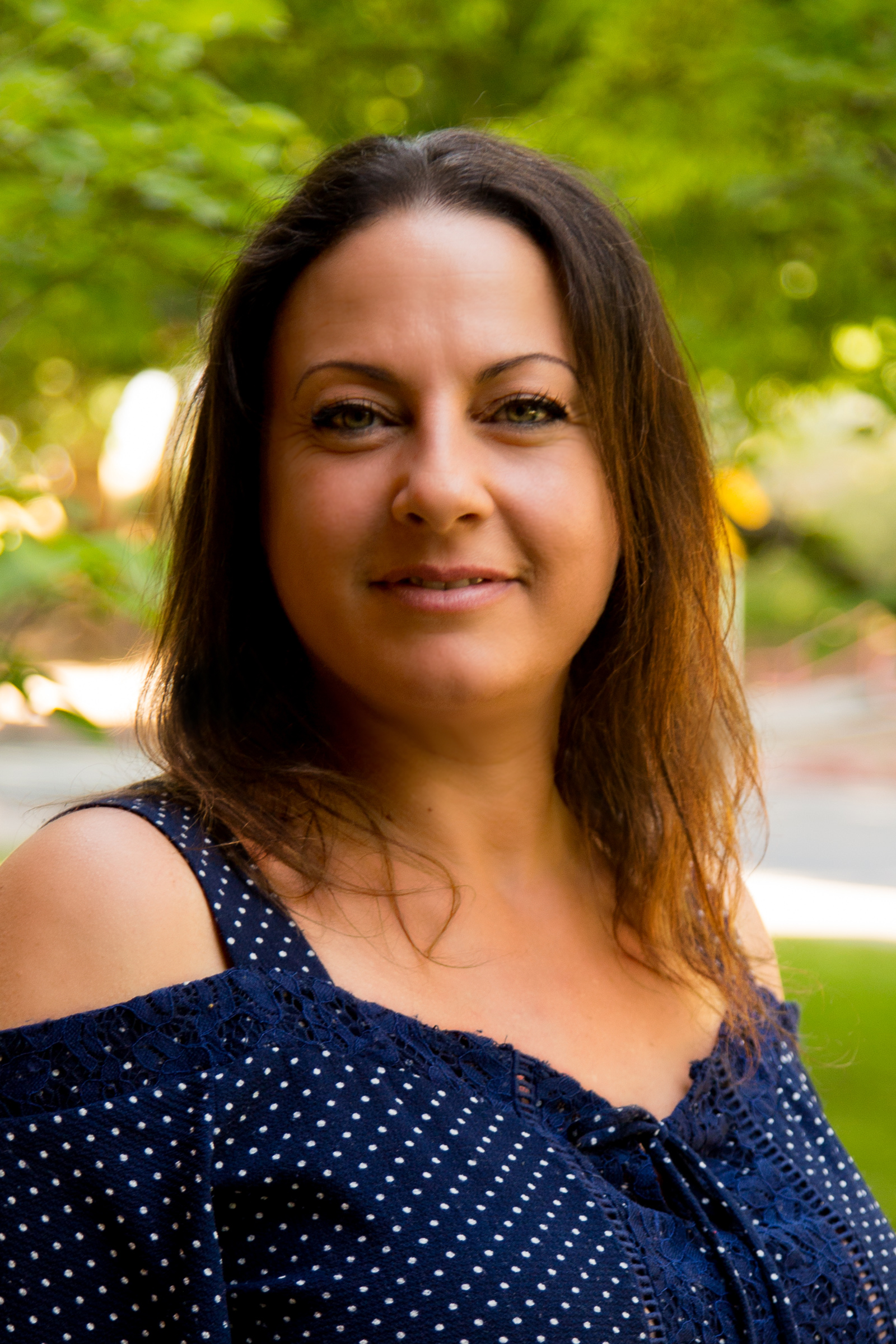
Have you ever stopped to think about how much your survival relies on your ability to interact with your surroundings? Experiencing a spinal cord injury (SCI) can tremendously impact one’s ability to interact on both the macro- (basic day to day functions) and the microcellular level (the interactions between molecules that maintain and repair the tissues of our body).
A damaged spinal cord is no longer able to convey information between the brain and every part of the body, and the end result is a complex state of disrepair. Motor and sensory impairment caused by SCI can lead to multiple organ dysfunction, lifelong disability and loss of independence.
While current therapies cannot regenerate spinal function, the advances in the fields of stem cell and regenerative medicine give people living with SCI hope that spinal cord injuries will eventually be repairable.
Gene Editing with CRISPR / Cas9 Molecular Scissors
Krista Thongphanh

What do pesky mosquitos and HIV-1 have in common? Both can potentially be dealt with using CRISPR driven genetic modification. From designer babies to GMOs (genetically modified organisms), CRISPR has gotten a bad reputation in the news lately, but what is it anyway?